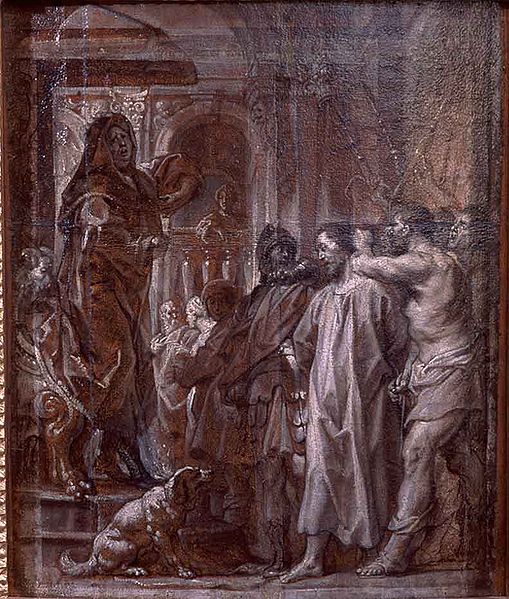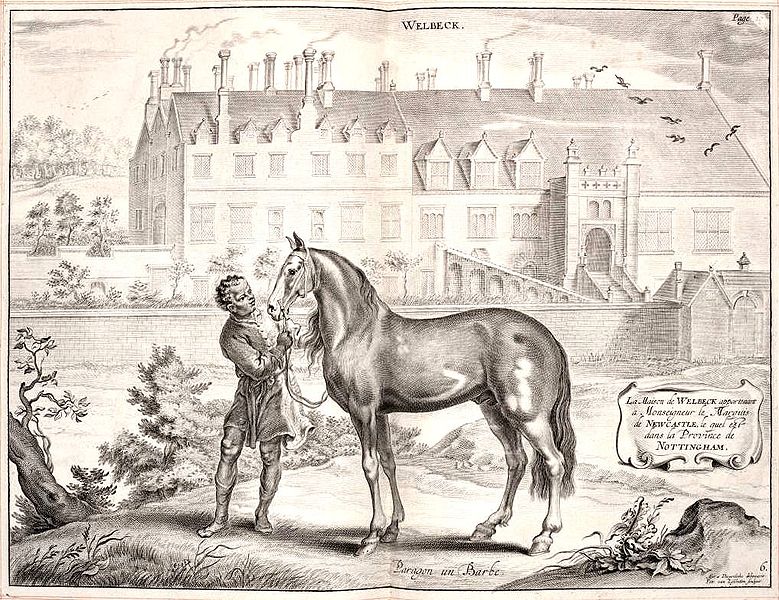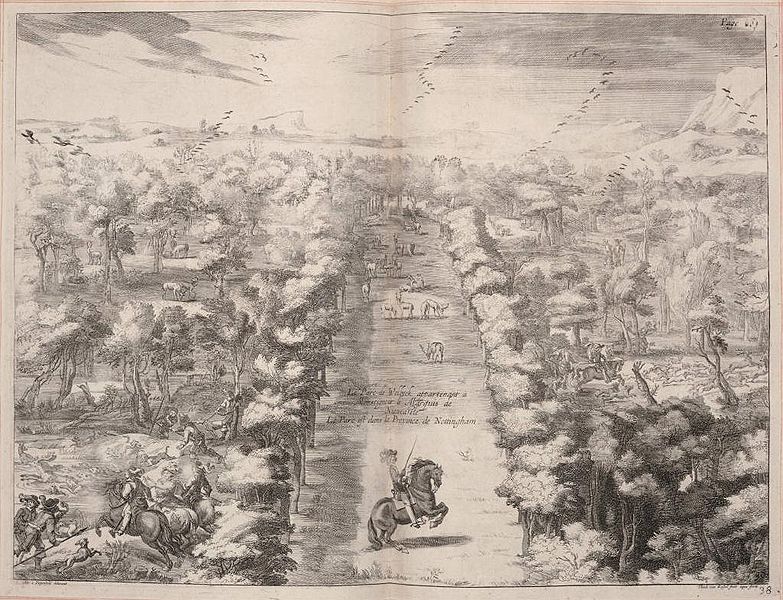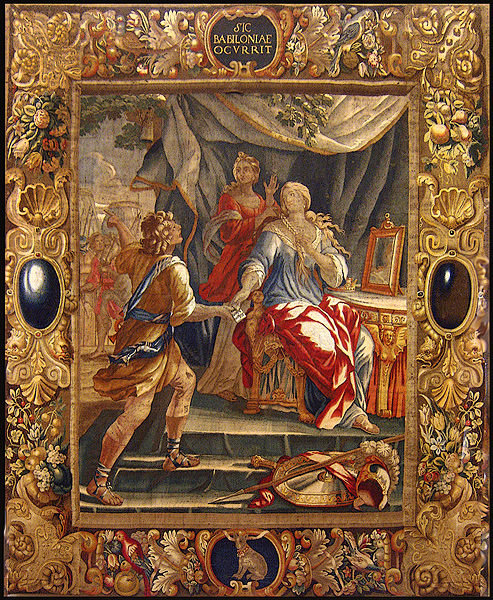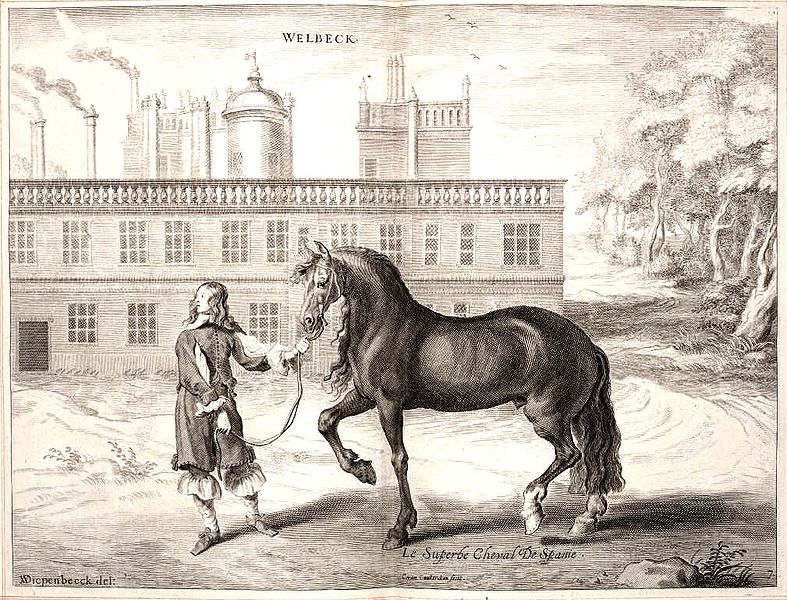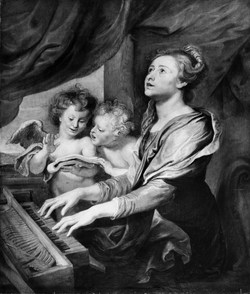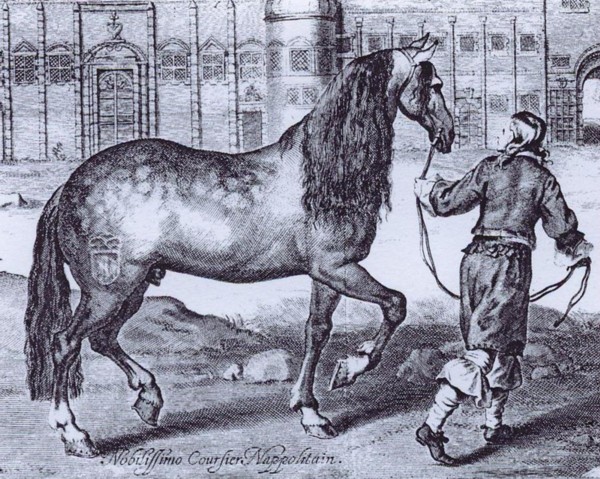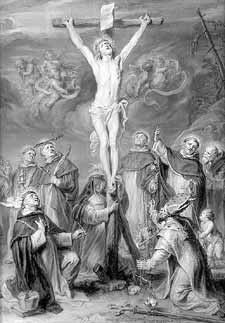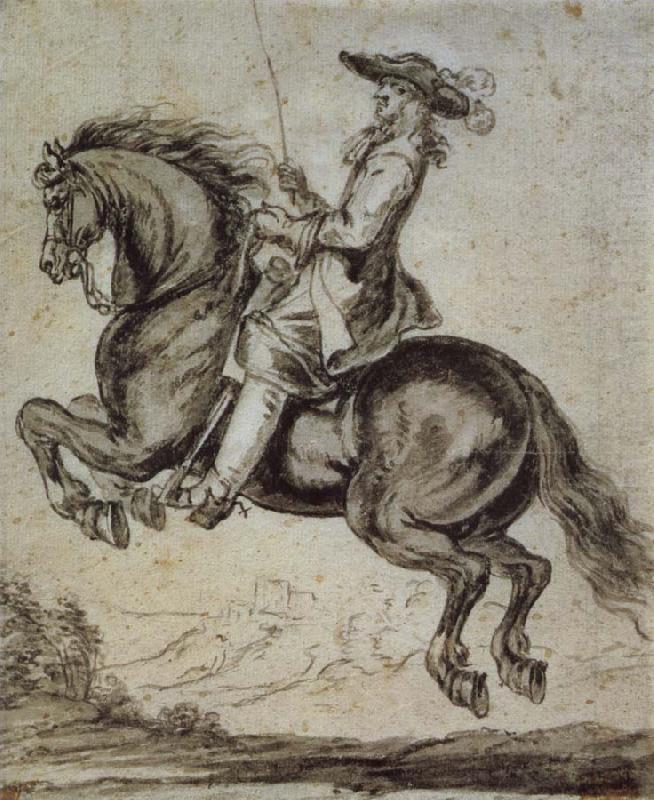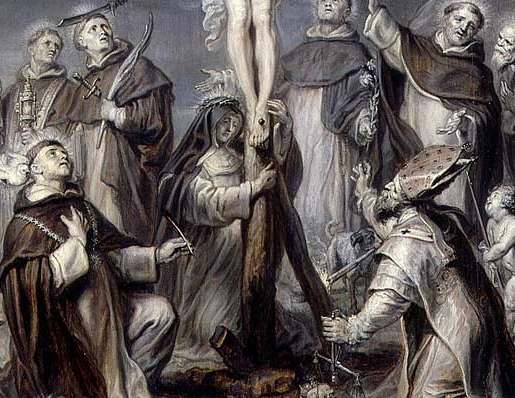<Back to Index>
- Philosopher and Writer Lucian Blaga, 1895
- Painter Abraham van Diepenbeeck, 1596
- Prime Minister of Portugal António Bernardo da Costa Cabral, 1803
PAGE SPONSOR
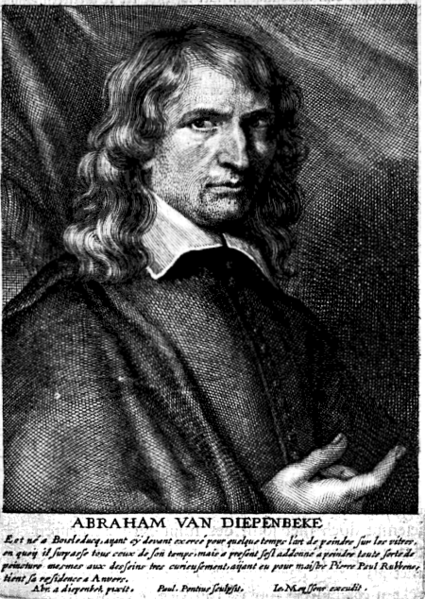
Abraham van Diepenbeeck (bapt. 9 May 1596, 's-Hertogenbosch - May-Sept. 1675, Antwerp) was an erudite and accomplished Dutch painter of the Flemish School.
After having received a classical education, Van Diepenbeeck became one of Rubens' best pupils and assistants. He handled mythological and historical subjects, as well as portraits, with great skill and vigor and was a good, sound colourist. He went to Antwerp about 1629 and made his first successes in painting on glass, among his productions being windows in the cathedral there representing the "Acts of Mercy". Similar work at the church of the Dominicans shows scenes from the "Life of Saint Paul".
Van Diepenbeek was admitted to the guild of painters in 1638, and became director of the academy in 1641. It was after a visit to Italy that the artist began to paint chiefly in oil and to illustrate. Among his illustrations are fifty - eight designs engraved by Cornelis Bloemaert for the Abbe de Marolles' "Tableaux du Temple des Muses". During the reign of Charles I of England, van Diepenbeeck was in England where, besides painting portraits of the first Duke of Newcastle and his family, the artist illustrated that nobleman's book on "Horsemanship".
